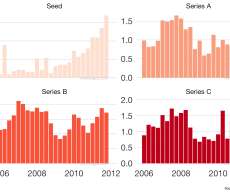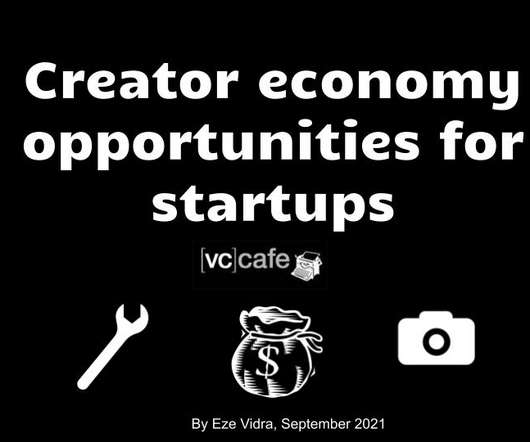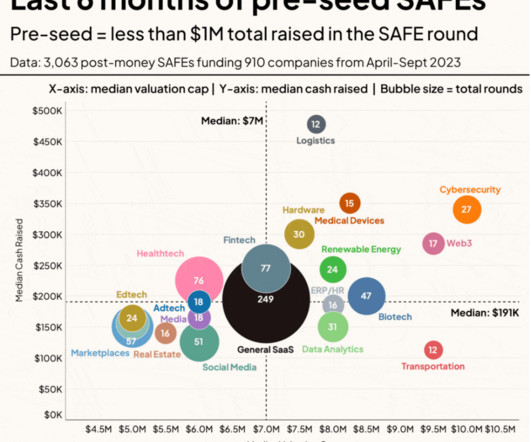Will Your Startup Get Venture Capital or IPO in 2013?
Startup Professionals Musings
JANUARY 7, 2013
Based on the final report for 2012 from Thomson Reuters and the National Venture Capital Association (NVCA), it may appear that IPOs are back as a viable startup exit strategy. For the full year 2012, venture-backed initial public offerings raised $21.5 Identify the right people in the right venture firms.












































Let's personalize your content